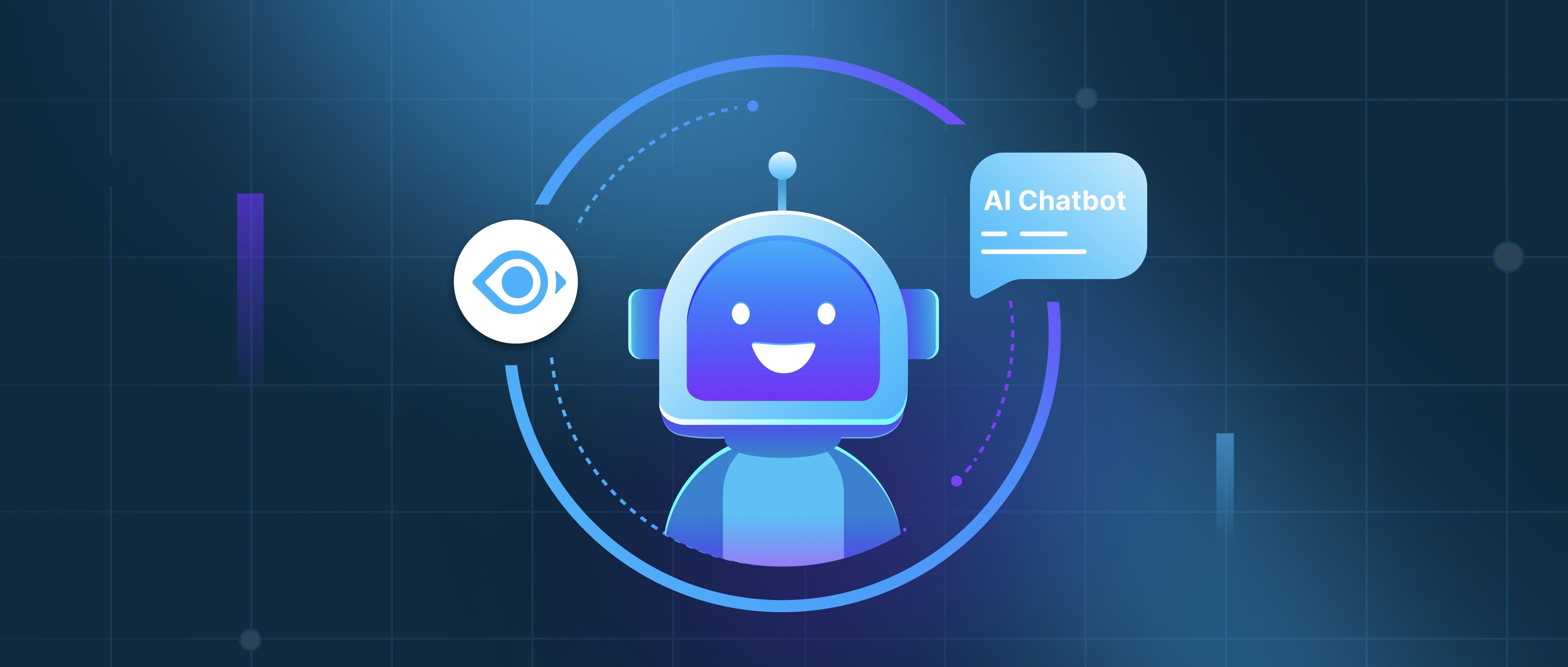The training duration for DeepSeek's R1 model can vary significantly based on several factors including the size of the dataset, the complexity of the model architecture, and the hardware used for the training process. Generally speaking, training a model like R1 can take anywhere from a few days to several weeks. For example, if the dataset is relatively small, consisting of several thousand samples, training might only take around three to five days on a high-performance GPU setup. Conversely, if the dataset is large, with millions of samples, it could take several weeks to achieve optimal performance.
In practical terms, developers need to consider not just the raw training time but also the time required for model tuning and validation. After the initial training period, additional time might be needed to fine-tune hyperparameters or to adjust the model based on validation metrics. This iterative process can add several days to the overall timeline. For instance, if a developer is using cross-validation to ensure the model's robustness, this could multiply training time since the model would be trained multiple times on different splits of the data.
Moreover, the choice of hardware can greatly influence training duration. Utilizing multiple GPUs or powerful cloud services can reduce training time significantly. For example, a setup using eight high-end GPUs may train the model in a fraction of the time compared to a single GPU setup. Developers should assess their resources and project timelines when estimating how long it will take to train the R1 model effectively.
